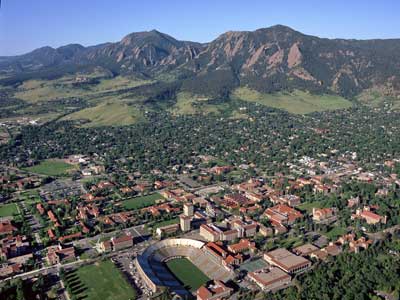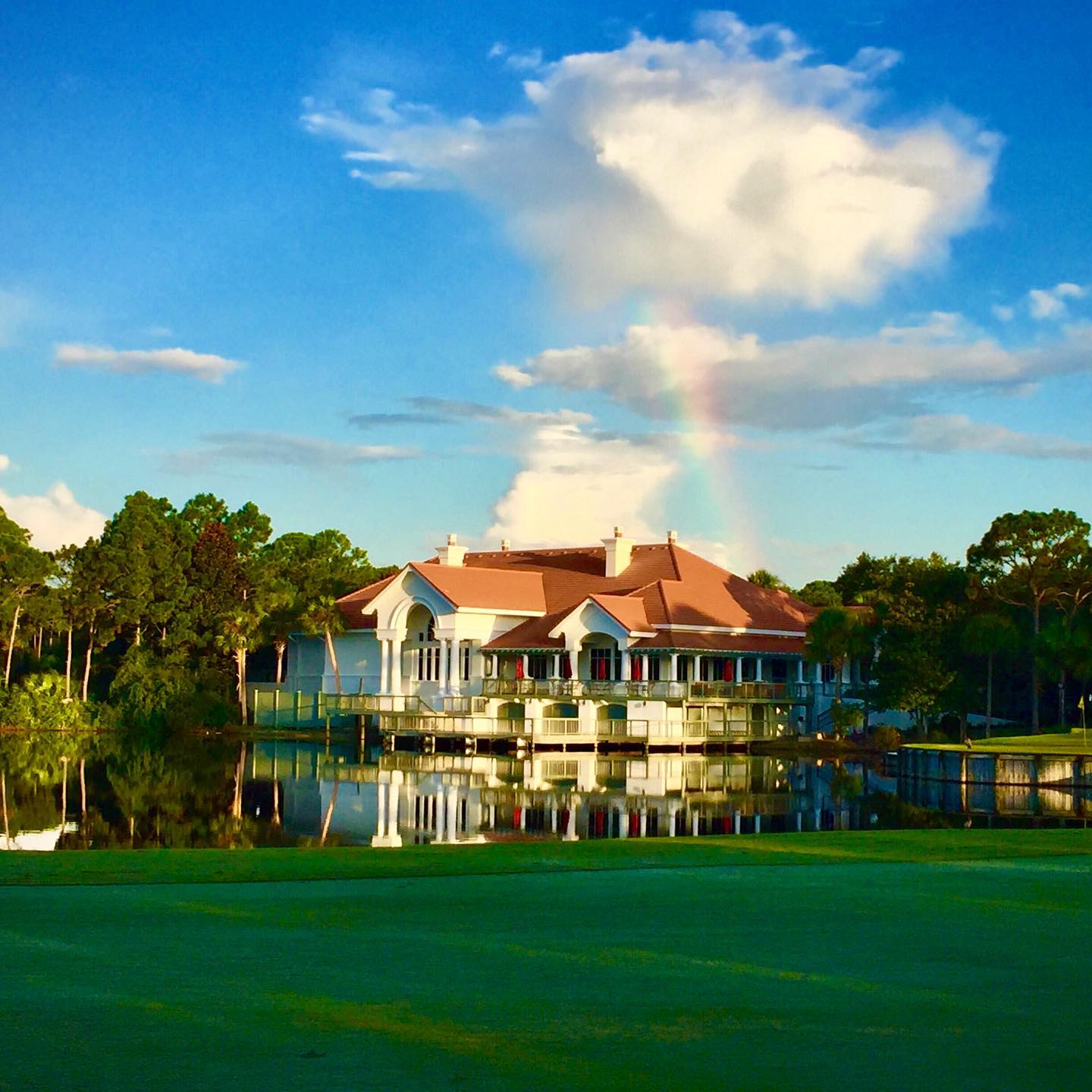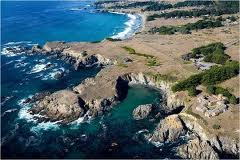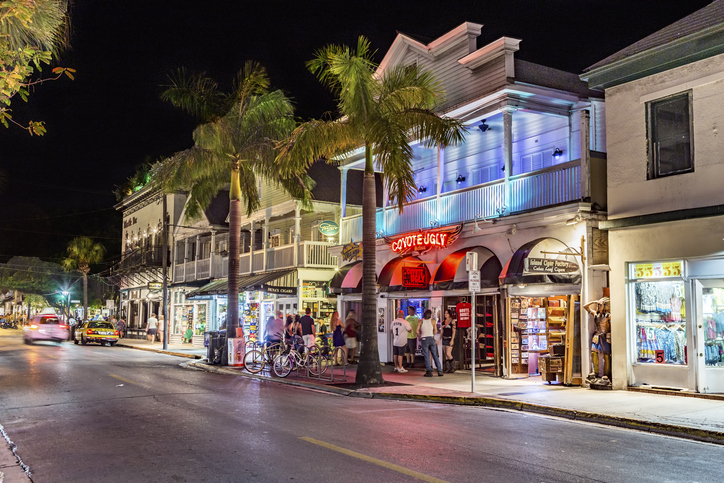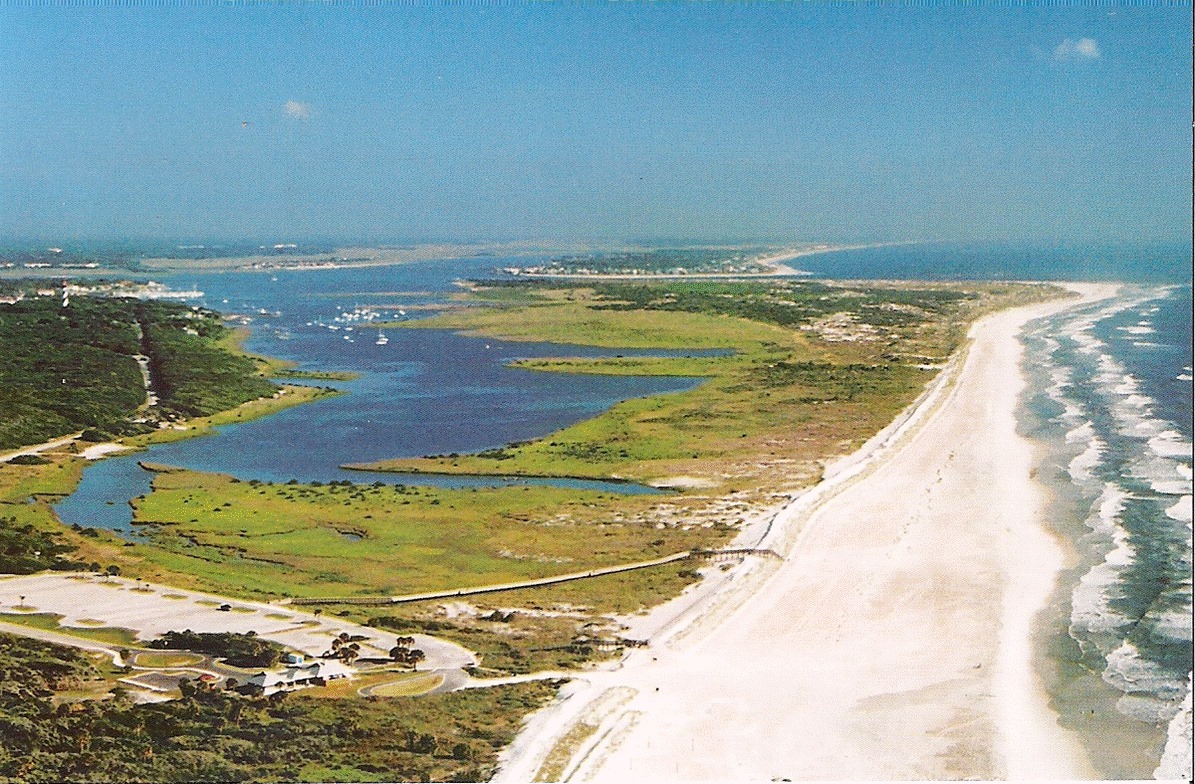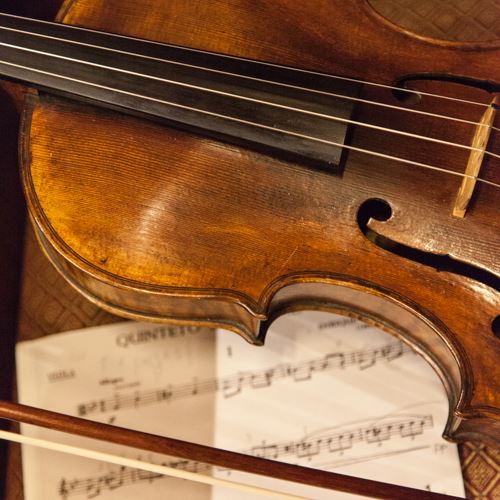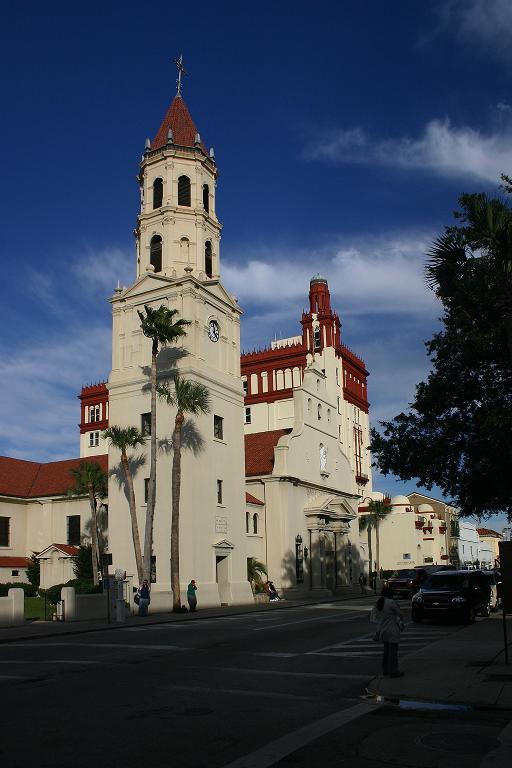Castillo De San Marcos National Monument
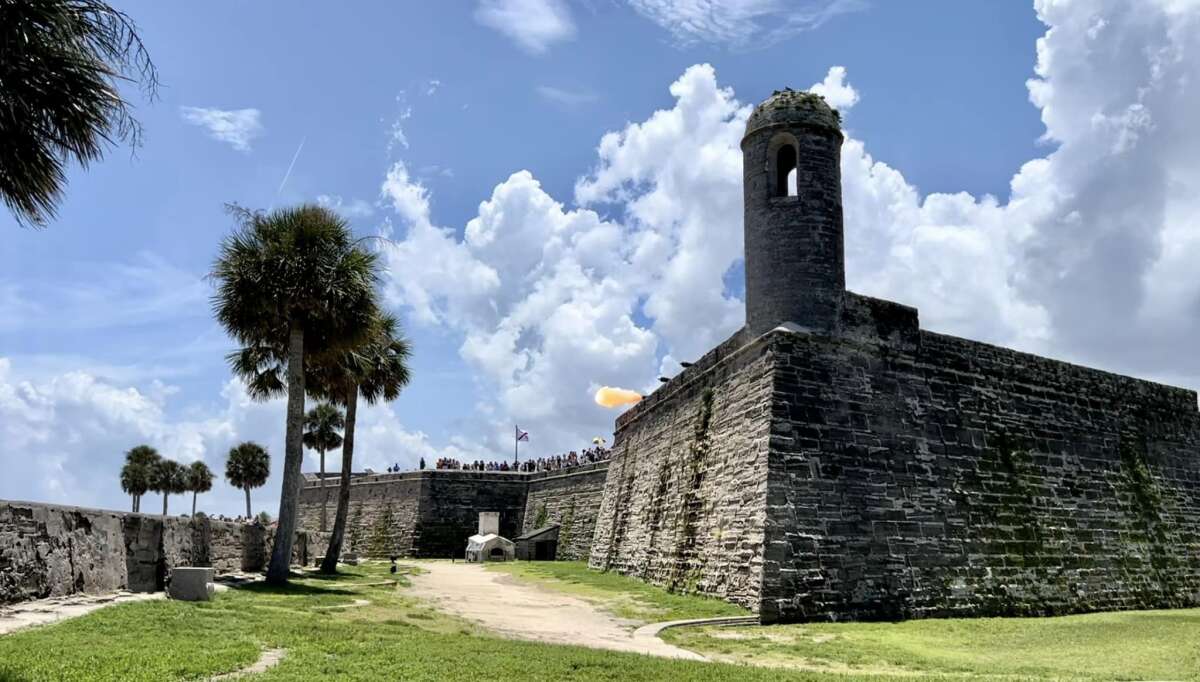
You'll discover that Castillo De San Marcos National Monument, constructed in the 17th century by Spanish colonial forces, showcases remarkable military ingenuity. Its coquina stone walls, known for their resilience against cannon fire, exemplify Spanish architectural prowess. Military logs and architectural plans from the era confirm its strategic star fort layout, enhancing its defensive capabilities during key battles like the Siege of 1702. The fort's structure has shaped historical narratives and societal values, and ongoing restoration efforts ensure its preservation. Begin a journey through history with guided tours, interactive exhibits, and nearby attractions that enrich your visit.
Key Takeaways
- Castillo De San Marcos, a 17th-century fortress, showcases Spanish colonial military ingenuity.
- The fortress's coquina stone walls are renowned for their resilience against cannon fire.
- Visitors can enjoy guided tours, interactive exhibits, and daily cannon firing demonstrations.
- The star fort layout exemplifies European Renaissance military architectural design.
- Ongoing restoration efforts are vital for preserving the fort's historical integrity.
Historical Significance
As you explore the historical importance of the Castillo De San Marcos, you'll find that this 17th-century fortress stands as evidence of the strategic military ingenuity of Spanish colonial forces, documented through various primary sources including military logs and architectural plans. These records reveal a meticulous design aimed at defending against external threats, showcasing the Spanish commitment to maintaining their stronghold in Florida.
Over the centuries, preservation efforts have played a vital role in maintaining the Castillo's condition. By examining archival documents and restoration records, you can appreciate the dedication of those who worked tirelessly to conserve this monument. Educational programs now offer in-depth explorations into these preservation practices, ensuring that each visitor understands the importance of maintaining such historical sites.
Tourism has had a significant impact on the local economy, transforming St. Augustine into a bustling hub. Guided tours, interpretative exhibits, and reenactments attract thousands of visitors annually, each contributing to the community's economic vitality. Primary sources like visitor logs and economic reports highlight how the flow of tourists has brought in revenue, supporting businesses and creating jobs. Your visit to Castillo De San Marcos thus becomes part of a living history, intertwined with the local economy and preservation efforts.
Architectural Design
When examining the architectural design of Castillo De San Marcos, you'll find its use of coquina stone—a rare material made from compressed shells—offers unmatched resilience, as evidenced by primary sources like colonial records. The star fort layout, a strategic design choice, allowed for best defense against enemy attacks, reflecting advanced military engineering of the era. According to historical documents, this combination of materials and design principles made the fortress nearly impervious to cannon fire, a proof of its innovative construction.
Coquina Stone Construction
The Castillo de San Marcos stands as a demonstration to colonial ingenuity, its coquina stone walls—formed from a unique sedimentary rock composed of shell fragments and quartz grains—proving remarkably resilient against cannon fire during sieges. This resilience is partly due to the Spanish influence on building materials. When the Spanish began construction in 1672, they chose coquina for its malleability and strength. Unlike typical stone, coquina absorbs cannonballs rather than shattering, an advantageous aspect in fortress architecture.
Construction techniques also played a crucial role. Workers quarried coquina from nearby Anastasia Island, transporting it to the site where masons meticulously fitted each block. This labor-intensive process, documented in Spanish colonial records, ensured the fortress's durability and flexibility. The Spaniards' emphasis on solid, adaptable building materials and precise construction techniques contributed to the Castillo's enduring legacy.
Understanding the coquina stone's role in the Castillo's architecture provides valuable insights into the Spanish approach to fortress building. It wasn't just about walls and defenses; it was a tribute to strategic thinking and adaptation—qualities that resonate with anyone who values freedom and resilience.
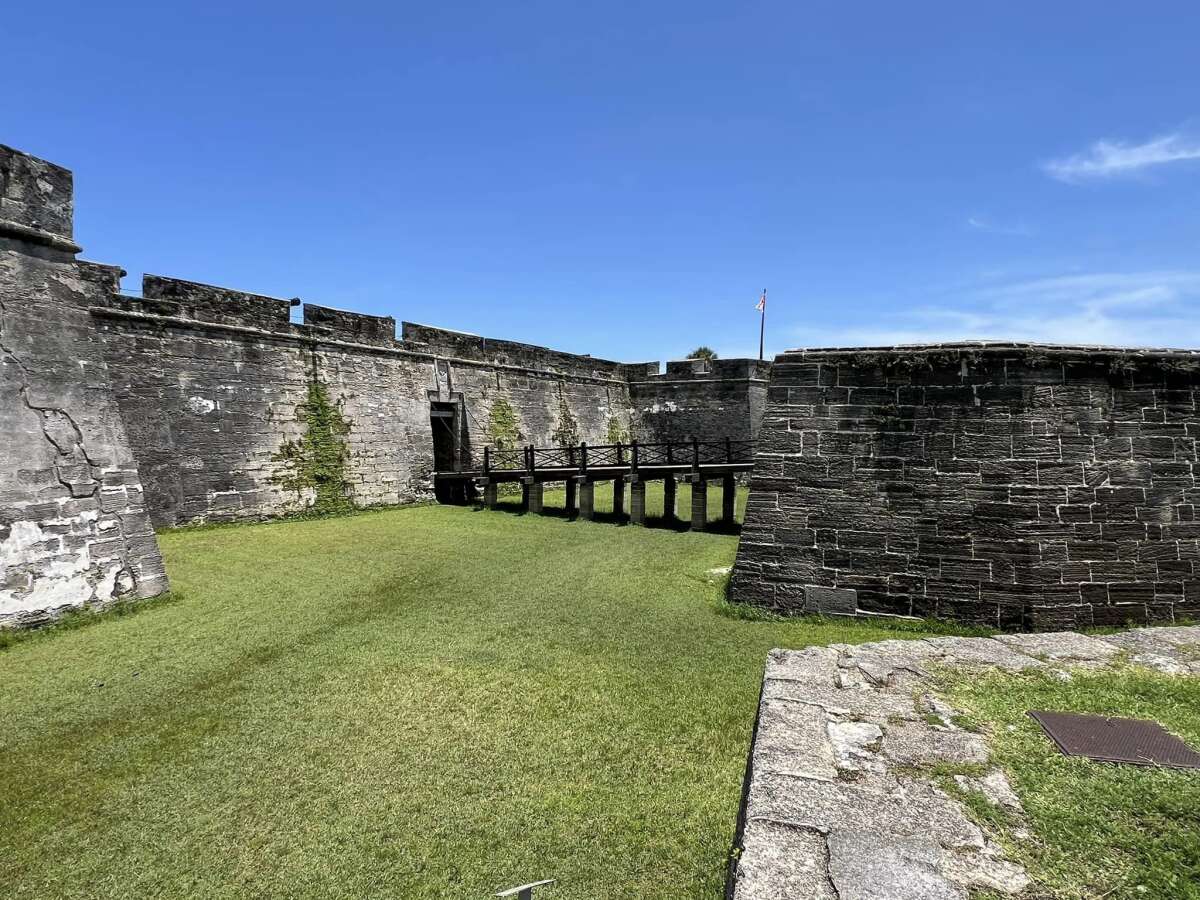
Star Fort Layout
While the coquina stone provided strength, the Castillo de San Marcos' star fort layout exemplifies the peak of military architectural ingenuity, designed to maximize defensive capabilities and minimize blind spots. This unique shape, a hallmark of 17th-century military strategy, allowed defenders to cover all approaches to the fort with overlapping fields of fire. Each point of the star, or bastion, projected outward, providing ideal vantage points for cannon placements and creating interlocking zones of fire.
Historically, the star fort layout emerged in Europe during the Renaissance, revolutionizing defensive architecture. Primary sources like the writings of military engineers such as Vauban highlight the brilliance of this design. At Castillo de San Marcos, this strategy was brilliantly executed, ensuring that attackers faced enfilading fire—gunfire directed along the length of an attacking force.
You can appreciate how the fort's design embodies the principles of freedom and self-defense. This layout wasn't just about defense but also about asserting control and safeguarding liberty. The star fort's design guaranteed that the Spanish could defend against any siege, preserving their claim and protecting their community. It's a tribute to how architecture and military strategy intertwine to create enduring symbols of strength.
Key Battles
Among the key battles that shaped the history of Castillo de San Marcos, none were as pivotal as the siege of 1702, which tested the resilience of its fortifications and the ingenuity of its defenders. The English forces, led by Governor James Moore of Carolina, besieged the fort for almost two months. However, the Spanish defenders, under the command of Governor José de Zúñiga y Cerda, utilized clever battle strategies and military tactics to withstand the relentless assault.
The English hoped to breach the fort's coquina walls with continuous cannon fire, but the stone absorbed the impact rather than crumbling. Meanwhile, the Spanish defenders strategically rationed supplies and used the fort's star-shaped design to maximize their defensive capabilities. Accounts from Spanish soldier diaries reveal the tense atmosphere within the fort, as they repelled wave after wave of attacks.
This battle exemplifies the enduring spirit of resistance and strategic acumen, essential for anyone yearning for freedom.
Cultural Impact
When exploring the cultural impact of Castillo De San Marcos, you'll find its architectural influence on society is profound, shaping building practices in colonial America. You can observe its historical significance in art through numerous 18th-century paintings and sketches depicting its imposing structure. Primary sources, including letters from Spanish officials, highlight the fortress's role as a symbol of colonial power and resilience.
Architectural Influence on Society
The Castillo De San Marcos, with its distinct Spanish colonial architecture, profoundly influenced the cultural tapestry of St. Augustine, serving as a physical reminder of the city's diverse historical narratives and colonial encounters. This fortress, built in the late 17th century, stands as a tribute to the resilience and adaptability of its inhabitants. It's not just an old structure; it's a symbol of the societal evolution that has shaped modern St. Augustine.
Through modern interpretations, the Castillo offers a reflective lens on how architectural designs from the past continue to inform contemporary societal values and identities. Primary sources, such as letters and diaries from the colonial era, reveal how the fort's presence shaped social hierarchies and community interactions. The walls of coquina stone, unique to the region, embody both the resourcefulness and the cultural fusion of Spanish, Native American, and African influences.
You can see how the integration of these diverse elements in the Castillo's design has fostered a unique, multicultural society in St. Augustine. The fort's enduring presence encourages a spirit of freedom and collective memory, reminding us that our shared past continues to influence our present and future societal landscapes.
Historical Significance in Art
In exploring the artistic legacy of St. Augustine, you'll find that the Castillo De San Marcos has served as both a muse and a canvas for countless works, reflecting its profound cultural impact through various artistic mediums. From paintings capturing its imposing structure against the Floridian sky to the intricate sketches carved by soldiers on its walls, the Castillo's artistic representation tells tales of resilience and transformation.
Artists and historians often engage in:
- Paintings and sketches: Depictions of the fort have been created by both local and visiting artists, showcasing its evolving architecture through different eras.
- Photography: Early and contemporary photographers have immortalized the fort's symbolic imagery, capturing its essence amid changing landscapes.
- Literary works: Poets and writers have drawn inspiration from the Castillo, embedding it within the historical context of their narratives.
- Public murals: Community projects have often featured the Castillo, highlighting its role in cultural expression.
- Performing arts: Plays and reenactments often use the fort as a backdrop, bringing history to life through dramatic interpretations.
Exploring these artistic representations, the Castillo De San Marcos stands as a tribute to the enduring cultural expression and historical significance that continues to inspire freedom and creativity.
Restoration Efforts
Despite the monument's enduring strength, ongoing restoration efforts are crucial to preserve Castillo De San Marcos, maintaining its historical integrity against the ravages of time and environmental factors. Preservation challenges are numerous, from eroding coquina walls to weather-induced wear. But you can make a difference. Community involvement is pivotal; local residents and history enthusiasts alike have joined forces to safeguard this iconic structure stands tall for future generations.
Funding sources are diverse, drawing from federal grants, state allocations, and private donations. The National Park Service often spearheads these initiatives, but it's the grassroots support that truly drives success. You've got a chance to be a part of this legacy through various volunteer opportunities. Whether it's participating in masonry workshops or aiding in archaeological digs, your contribution is invaluable.
Primary sources like historical documents and expert testimonies underscore the necessity of these efforts. Restoration doesn't just repair, it revitalizes, breathing new life into centuries-old stone. So, next time you marvel at the Castillo's sturdy bastions, remember that its preservation is a collective endeavor, one where your involvement could tip the scales. Let's keep this monument a beacon of freedom and history.
Visitor Experience
As you explore the meticulously restored Castillo De San Marcos, you'll find that each bastion and bulwark not only tells a story of resilience but offers an immersive journey through America's colonial past. The visitor experience here is designed to provide a deep understanding of the fort's historical significance while engaging your sense of adventure and curiosity.
The guided tours are a must, offering insights from knowledgeable rangers who bring the past to life with vivid anecdotes and historical context. You'll walk through the same corridors that Spanish soldiers once patrolled, gaining a firsthand look at the fort's ingenious design and strategic importance. The interactive exhibits scattered throughout the fort will allow you to engage with artifacts and replicas, providing a tactile connection to history.
To make the most of your visit, consider these:
- Join a ranger-led guided tour for in-depth historical insights.
- Explore interactive exhibits that offer hands-on learning.
- Attend a daily cannon firing demonstration to experience historical military practices.
- Visit the soldiers' quarters to see where the garrison lived and worked.
- Take a self-guided tour using the park's app for a personalized exploration.
Each aspect of your visit is thoughtfully curated to offer both educational value and an exhilarating sense of freedom.
Nearby Attractions
Just a short stroll from the Castillo De San Marcos, you'll find a wealth of nearby attractions that offer a rich tapestry of St. Augustine's storied history. Begin your exploration with a visit to St. George Street, where the cobblestone pathways lead you to unique shopping options and a plethora of local cuisine. You can sample delectable seafood, a tribute to the city's coastal heritage, or enjoy a cup of coffee at one of the charming local cafes.
For those who crave outdoor activities, a visit to Anastasia State Park is a must. This park offers pristine beaches, perfect for a leisurely day of sunbathing or starting on nature hikes that reveal Florida's diverse ecosystems. Here, the primary sources of enjoyment are the serene landscapes and the opportunity to reconnect with nature.
If you're looking to deepen your understanding of the area, the Colonial Quarter provides an immersive experience into 16th-century life. You'll find costumed interpreters and historical reenactments that bring the past to life. Completing your journey, take a scenic boat tour along Matanzas Bay, offering unparalleled views of both the Castillo and the vibrant local scenery.
Save on Fees by Booking Direct with a Local and Professional Vacation Rental Management Company

Suncastle Properties of Ponte Vedra..
Suncastle Properties is your one-stop for Residential Property Management and Home Rentals. Specializing in Short-term and Vacation Rentals, Long-term.. learn more
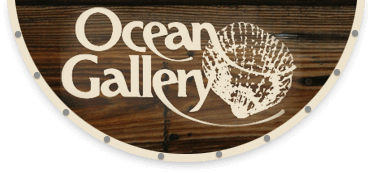
The Ocean Gallery Properties offers professional property management for the Ocean Gallery Resort. We manage and rent the Ocean Gallery's oceanfront.. learn more
Frequently Asked Questions
What Are the Operating Hours for Castillo De San Marcos National Monument?
You're curious about the operating hours, right? Well, you'll find they typically open from 9 AM to 5 PM daily. For the best visitor experience, plan to explore during these times to fully appreciate its historical significance. Primary sources indicate these hours allow for a comprehensive visit, with ample time to explore the rich past and freedom to wander the grounds. Don't forget to check for seasonal changes!
Are Pets Allowed Inside the Monument?
You're probably wondering about pet restrictions and animal friendly activities. Pets aren't allowed inside the monument itself, but don't worry, there are plenty of nearby areas where you can enjoy with your furry friend. According to the National Park Service, pets are welcome in outdoor spaces like the fort grounds and waterfront. Just make sure to keep them on a leash and clean up after them to maintain a pleasant environment for everyone.
Is There an Admission Fee for Entering Castillo De San Marcos?
When considering admission fees, you're probably curious about how they impact your visitor experience. Admission fees are required, ensuring the preservation and enhancement of the site for future generations. According to the National Park Service, these fees contribute to maintaining facilities and providing educational programs. While it might seem restrictive, think of it as an investment in a richer, more immersive experience that allows you to freely explore and learn.
Are Guided Tours Available at Castillo De San Marcos?
Yes, guided tours are available and they offer a fantastic way to explore. You'll find various tour options based on group size and interests. These tours typically vary in duration, often lasting around an hour. They explore extensively the site's historical significance, providing rich contextual background and insights. It's a great opportunity to engage with primary sources and experience the freedom of learning in an immersive way.
Can You Host Private Events at the Monument?
Yes, you can host private events at this historic venue. It offers unique experiences for special occasions such as weddings, corporate gatherings, and other celebrations. The setting provides a distinctive backdrop that adds a sense of grandeur and history to any event. According to the National Park Service, reservations and permits are required, ensuring your event is both memorable and well-organized within this remarkable historical context.
Vacation Rentals in St Augustine Area Florida



Additional St Augustine Area Articles
Anastasia State Park in St. Augustine FL
St Augustine Area Florida
St Augustine Florida Music Festival
November -
St Augustine Florida
Cathedral Basilica of St. Augustine Florida
St Augustine Area Florida

